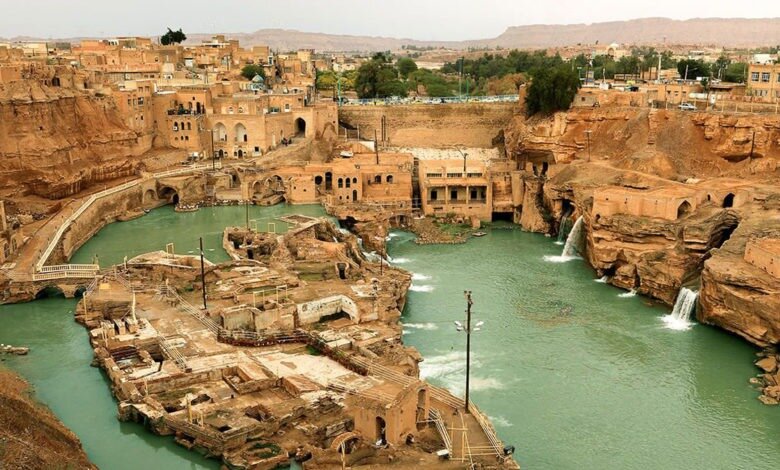800 historical water structures identified in Khuzestan province

TEHRAN – Some 800 water-related structures have so far been identified across Khuzestan province in southwest Iran.
In line with a comprehensive plan for the management of historic water structures, 800 of such structures have so far been identified across the province. Moreover, they have been documented and registered in separate specific dossiers, IRNA reported on Monday.
Six travel routes have also been defined in that regard, which can be added to other natural tourism destinations of Khuzestan, the report added.
The UNESCO-registered Shushtar Hydraulic System, which is known as a ‘masterpiece of creative genius’ by far tops all historical water structures that exist in Khuzestan.
Named after an ancient city of the same name with its history dating back to the time of Darius the Great, the Achaemenid king, Shushtar Historical Hydraulic System comprises bridges, weirs, tunnels, canals, and a series of ancient watermills powered by human-made waterfalls in southwest Iran.
Shushtar Historical Hydraulic System, inscribed on the UNESCO World Heritage list in 2009, may testify to the heritage and the synthesis of earlier Elamite and Mesopotamian know-how. According to UNESCO, the ensemble was probably influenced by the Petra dam and tunnel and by Roman civil engineering.
The oil-rich province embraces two other World Heritage sites: Susa and Tchogha Zanbil. Lying at the head of the Persian Gulf and bordering Iraq on the west, Khuzestan was settled about 6000 BC by a people with affinities to the Sumerians, who came from the Zagros Mountains region. Urban centers appeared there nearly contemporaneously with the first cities in Mesopotamia in the 4th millennium. Khuzestan, according to Encyclopedia Britannica, came to constitute the heart of the Elamite kingdom, with Susa as its capital.
AFM/MG
Leave a Comment